side





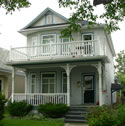
Built 1928
Built 1943?
Built 1910?
Built 1912?
Built 1973
(First house built 1912)
Built 1910?
side


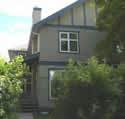
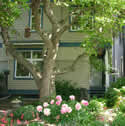

Built 1928
Built 1945
Built 2014
(First house built 1938)
Built 1912
(First house built 1936)
100+ years on the
|
| North side |
 |
 |
 |
 |
 |
 |
|
| 1602 Built 1928 |
1606 Built 1943? |
1610 Built 1910? |
1612 Built 1912? |
1616 Built 1973 (First house built 1912) |
1618 Built 1910? |
||
| South side |
House gone |  |
 |
 |
 |
 |
|
| 1603 Built 1928 |
1607 Built 1945 |
1609 Built 2014 (First house built 1938) |
1613 |
1615 | 1617 Built 1912 |
||
| Built 1995 (First house built 1936) |
|||||||
| North side |
 |
 |
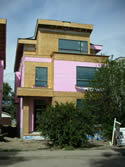 |
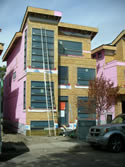 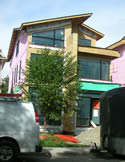 |
 |
||
| 1620 Built 2013-2014 (First house built 1912) |
1624 Built 2013 (First house built 1946) |
1626 Built 2014 (First house built 1938) |
1628-1632 Built 2014 (First house built 1920) |
1634 Built 1910? |
|||
| South side |
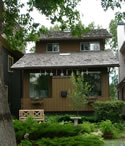 |
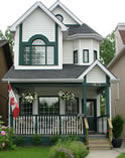 |
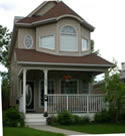 |
 |
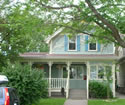 |
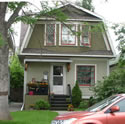 |
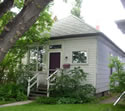 |
| 1619 Built 1979 |
1621 | 1623 | 1625 Built 1945 |
1629 Built 1912 |
1631 Built 1912 |
1633 Built 1912 |
|
| Built 1990 (First house built 1949) |
|||||||
| North side |
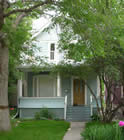 |
 |
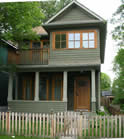 |
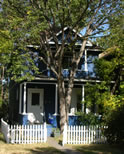 |
||
| 1636 Built 1912 |
1638 Built 1996 (First house built 1913?) |
1644 Built 1912 |
1646 Built 1912 |
|||
| South side |
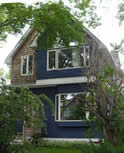 |
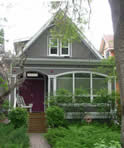 |
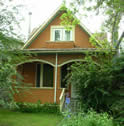 |
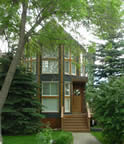 |
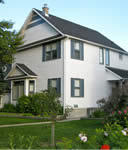 |
|
| 1635 Built 1912 |
1637 Built 1912 |
1639 Built 1912 |
1641 Built 1981 |
1643 Built 1908 Moved here 1945 |
||
| North side |
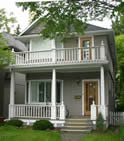 |
 |
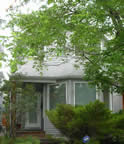 |
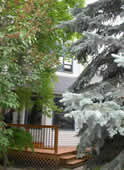 |
 |
| 1648 Built 1912 |
1650 | 1652 | 1654 | 1658 Built 1997 (First house built 1930) |
|
| Built 1986 (First house built 1930) |
|||||
| South side |
 |
 |
 |
||
| 1647 and 1649 Built 1997 (First house built 1946) |
1653-1655 Built 2013-2014 (First house built 1944) |
1657 Built 1926 |
|||
24 Photos of Domestic ArchitectureIf your house was built before 1930, these photos might show what it looked like inside back then - Domestic Architecture 1920s. House, Lot and Rental Prices and Wages
"By 1911, lots in south Calgary in proximity to street car service were selling for $300 to $650, while similar ones in the northern suburbs of Sunnyside and Hillhurst were a minimum of about $250." (from Homes in Alberta: Building, Trends, and Design by Donald G. Wetherell and Irene R. A. Kmet, ©1991, page 111.) I found an advertisment on page 29 of the 1910 Henderson's by O.G. Devenish & Co., Real Estate Investments, saying "Owners of "Westmont" and "Capitol Hill" Additions. Street Railway Service to Both Properties to be Constructed This Year. Prices $100.00 to $300.00 per Lot, Liberal Terms." (see image on left) 1911 rental prices: a shack $8-10, 3-5 room house $15-30, fully equipped (electricity, furnace, water) 7-room and larger $60-70 per month. (from Homes in Alberta: Building, Trends, and Design by Donald G. Wetherell and Irene R. A. Kmet, ©1991, page 112.) Wages for skilled workers were only about $70 per month. (from Homes in Alberta: Building, Trends, and Design by Donald G. Wetherell and Irene R. A. Kmet, ©1991, page 113.) Most workers could not afford to buy a house. Before 1914, a mortgage could be obtained from a trust company at 5% to 8% interest. A down payment of 40-50% was required, interest only was paid for the term (usually 5 years), and the entire principal was due at the end of the term. Builders and owners offered some easier terms, with down payments as low as 20%, with the balance as rent. "... fully modern six-room house with bath and furnace in the suburb of Hillhurst was for sale at $3000, available for $800 in cash with the balance at $35 per month." (from Homes in Alberta: Building, Trends, and Design by Donald G. Wetherell and Irene R. A. Kmet, ©1991, page 115.) Early Neighborhood ConditionsHouses built in 1912 or earlier may have had electricity. From what I've seen in our houses, these early homes were wired for electricity when built, and probably had bathrooms equipped for running water, although they may not have been connected to water and sewage mains yet. It seems unlikely they had natural gas service. Natural gas arrived in Calgary on July 17, 1912. Here are ATCO Gas centennial stories. Furnaces, if the house had one, would have been large, either gravity or water heat (radiators). If there was no natural gas service here, they would have been fired with coal, oil or wood. Have you found evidence of a coal chute or coal storage at your house? In 1910, "a serious outbreak of typhoid occurred in in the poorer sections of Calgary where, lacking connection to the water and sewer mains, people got their water from back yard wells polluted with seepage from outdoor privies and cesspools." Hopefully Broadview Road was not part of the poorer sections. (from Homes in Alberta: Building, Trends, and Design by Donald G. Wetherell and Irene R. A. Kmet, ©1991, page 51) Even cholera occurred in Alberta in the early 1900s due to poor sanitation. In 1912, horses would still be seen on the streets. Ladies wore floor-length dresses. Milk, cream and butter were delivered to your home by a horse and wagon. Interesting Calgary photos, taken in 1912-1913, are in the Thomas H. Mawson Collection on the University of Calgary website at http://caa.ucalgary.ca/mawson. When two residents names are shown on this website, it may mean suites (especially if a long time ago) or it may just mean people with different last names lived there (especially in more recent years).
|
Resident information from Henderson's Directories (1912 to the last one in 1991) at the Glenbow Archives and at the Peel Library University of Alberta website.
In the 1910 and 1911 editions, there is no Third Avenue NW nor SW.
The Street Name of Third Avenue NW, as shown in the 1912 Henderson's, probably should be SW.
* indicates home owner -started in 1934, stopped by 1943, back again in 1949.
1979 Residents from a 1979 Preliminary List of Electors
Date built information from the property section of www.calgary.ca.
All source data has some errors and inconsistencies.
I tried not to add any more, but I make no promises.
Research and photos by Micky Gulless except where noted.
© Copyright 2012-2023 Micky Gulless